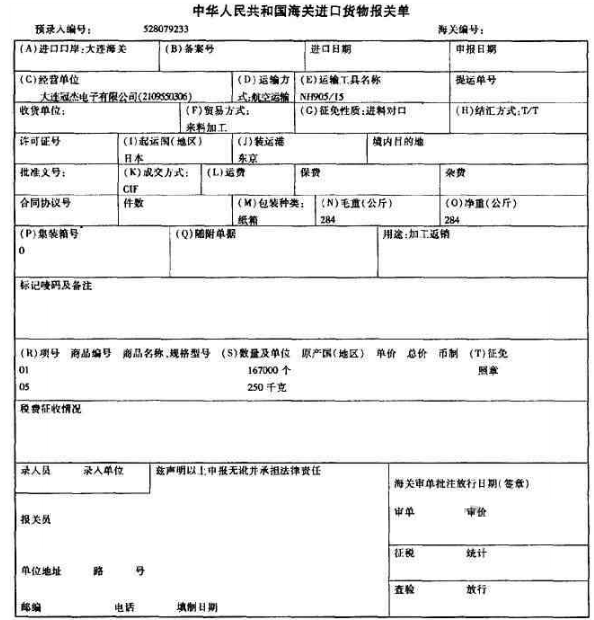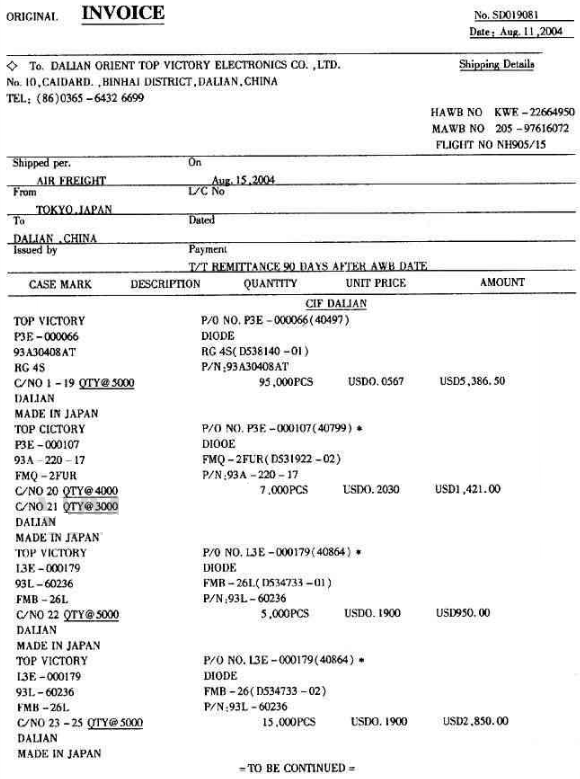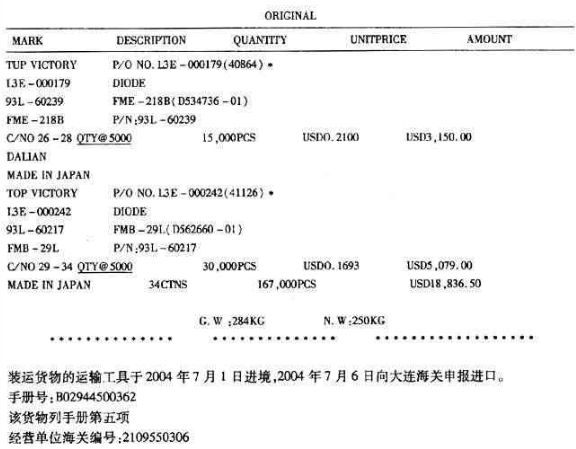问题
单项选择题
效率与公平是一个重大的理论问题。在社会主义市场经济条件下,效率与公平虽然具有一致性,但由于二者分别强调不同的方面,又存在矛盾。这种矛盾表现为()
①没有效率的提高就无所谓社会公平
②过分地追求公平可能导致普遍贫穷
③没有社会公平也就失去效率的提高
④片面追求效率可能会拉大收入差距
A、①②
B、①③
C、③④
D、②④
答案
参考答案:D
解析:在社会主义市场经济条件下,效率与公平具有一致性。一方面,效率是公平的物质前提。另一方面,公平是提高经济效率的保证。效率与公平分别强调不同的方面,二者又存在矛盾。本题考查的是二者的矛盾,②④适合题意;①③是二者的关系,排除;故本题答案选D。



